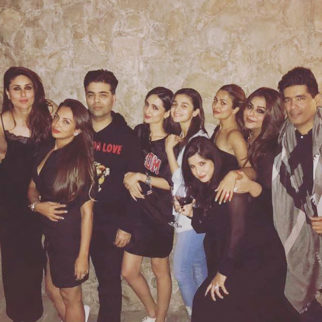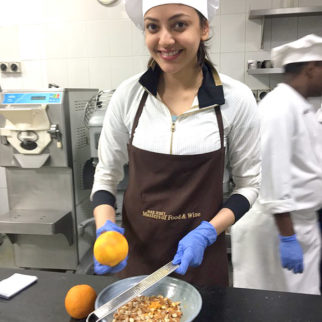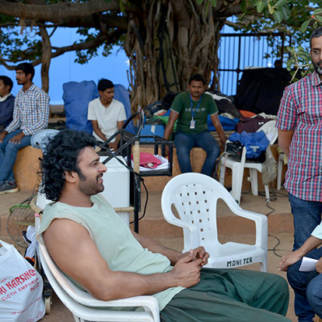First rule of cheating is to make sure nobody catches you” – Raj Nidimoru
-
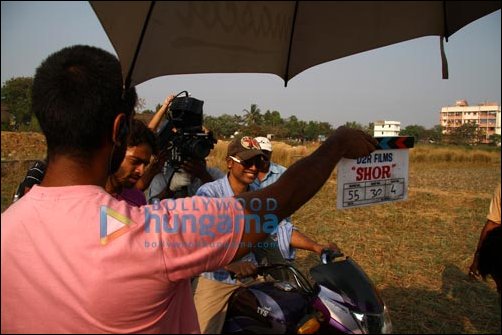 It seems that Bollywood is surfing on a revolutionary cinematic wave of transformation, with new filmmakers breaking from norm and outshining and silencing their skeptical seasoned counterparts by churning out films like Shor In the City. The film is directed by the incredible filmmaking duo, Read More">Raj Nidimoru and Krishna DK of 99 Fame. The filmRead More
It seems that Bollywood is surfing on a revolutionary cinematic wave of transformation, with new filmmakers breaking from norm and outshining and silencing their skeptical seasoned counterparts by churning out films like Shor In the City. The film is directed by the incredible filmmaking duo, Read More">Raj Nidimoru and Krishna DK of 99 Fame. The filmRead MoreIt seems that Bollywood is surfing on a revolutionary cinematic wave of transformation, with new filmmakers breaking from norm and outshining and silencing their skeptical seasoned counterparts by churning out films like Shor In the City. The film is directed by the incredible filmmaking duo, Raj Nidimoru and Krishna DK of 99 Fame. The film is inspired by 'true newspaper incidents', with three stories put together based on the struggles, hope and despair. Talking about the tricky side to the film Raj says, "The challenge lies in getting everybody on the same page, each individual has certain aspirations and expectations from the film, it is getting them to understand the vision of this film together."
"Everybody else approves and supports it because they also think that this is a great piece of cinema. When you start of making a film like this, then basically you are thinking that this is what makes a good cinema, it reaffirms your faith in the system," says Raj on the success of the film. Bollywood Hungama gets Raj Nidimoru (of Raj and Krishna duo), to shed light on portraying internal and external noises, 'breathing' cameras, sync-sound and cheating for Shor In The City.
"Suddenly one day, it made sense to do a film about Mumbai, where it turns out to be more of a meaningful fun thriller"
Krishna DK and I moved back to Mumbai after a long time. We were still working on our film 99, and back then we were absorbing the unique things that only happen here. In general, we were gathering several stories acquiring whatever was interesting with a specific idea in mind. Tusshar, DK and I use to brainstorm and see what worked for us. Suddenly one day, it made sense to do a film about Mumbai, where it turns out to be more of a meaningful fun thriller, but not a typical Mumbai film. The main aspect that was common in everything was the constant noise that we have amongst us, that talks about the external and the internal noise, which signifies that we are open to corruption, to the choices in choosing between good and bad. It makes sense to do a film called Shor In The City, where the people are influenced by the city and the people also influence the city. We made around ten drafts of the script, this took us about two years to finalize it was not something that we needed to finish immediately, we wanted to make a film that stands out and remembered through the testament of time, we were looking at a film that has a long life. -
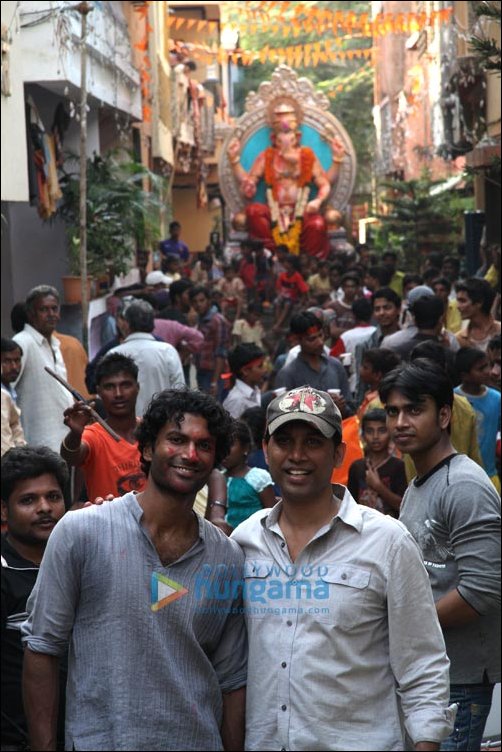 “There are no steadi-cams, jimmy-jib, track and trolley used for shooting the film” I think the innovative techniques that were used was basically going the other way by using our own home made creations in the film’s production; we didn’t delve towards the tech side but rather, the innovative side. In the film, Read More">there areRead More
“There are no steadi-cams, jimmy-jib, track and trolley used for shooting the film” I think the innovative techniques that were used was basically going the other way by using our own home made creations in the film’s production; we didn’t delve towards the tech side but rather, the innovative side. In the film, Read More">there areRead More"There are no steadi-cams, jimmy-jib, track and trolley used for shooting the film"
I think the innovative techniques that were used was basically going the other way by using our own home made creations in the film's production; we didn't delve towards the tech side but rather, the innovative side. In the film, there are shots of the three main characters going around the city on a bike, to achieve this usually, people put them on a 'low-loader' and shoot the scene. The low-loader covers up twelve feet of the road and blocks traffic, we wanted to be compact. Amusingly to achieve this we put them up on a milk truck, where they acted like they were on a bike. We did bunch of funny things like this, instead of using a steadi-cam rig we opted for an easy rig. There are no steadi-cams, jimmy-jib, track and trolley used for shooting the film; we wanted it to be grittier.
"The first rule of cheating is to make sure nobody catches us cheating because it can make the shot look as real if not better"
We cheat to achieve a certain attribute in the film, because we want to use a natural location, like I said it was not possible to place a low loader in a small lane but I wanted them to ride in those lanes, with that we summed up certain cheats where you take over the bike, the camera with the three characters going around in a milk van and then you can get the preferred outcome, it looks great on screen. The first rule of cheating is to make sure nobody catches us cheating; it can make the shot look as real if not better. Even in the scene where Sendhil takes revenge and shoots the villain, he shoots directly at the camera. Usually people tend to shoot off the camera and we actually made a dummy bullet strike the camera. Although you cannot cheat everywhere for instance the procession could not be cheated, the shot was augmented by making our own little process on the side where we got special close ups and other subtleties. -
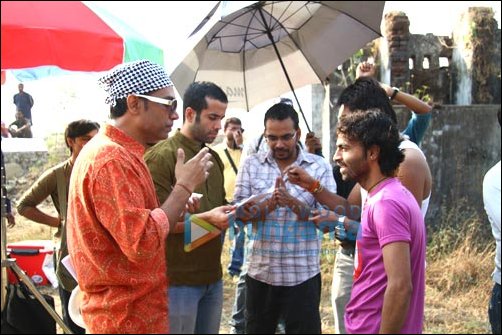 “I feel that we like to make films that illustrate a certain time range” It is not challenging for us to infuse the different stories together, Read More">we like it like that for us somehow it comes naturally. It is always about trying to depict a certain period of time than traveling with the character fromRead More
“I feel that we like to make films that illustrate a certain time range” It is not challenging for us to infuse the different stories together, Read More">we like it like that for us somehow it comes naturally. It is always about trying to depict a certain period of time than traveling with the character fromRead More"I feel that we like to make films that illustrate a certain time range"
It is not challenging for us to infuse the different stories together, we like it like that for us somehow it comes naturally. It is always about trying to depict a certain period of time than traveling with the character from point A to Z over years and months. I feel that we like to make films that illustrate a certain time range, where-in a lot of things are happening. For instance, when you put a camera and look at the frame through a traffic signal point of view, you can see there are a lot of interesting people and so much going on at the same time. That's the crux of a Mumbai film for us, where you can see a mixture of characters at inspection. This actually helps because, what intertwines them is the city itself and you feel like it is all the same story but they are actually three different stories. -
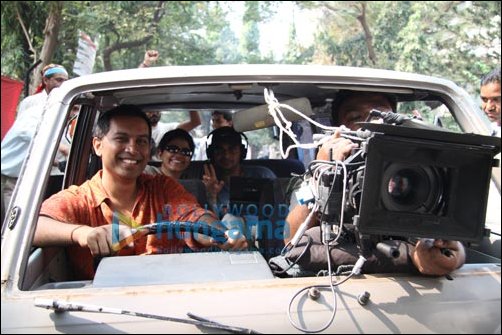 “Even in the villain’s room there is a Ganpati idol present” Suman Roy Mahapatra, a terrific production designer who has also done Peepli [Live] was on board with us. He is an extremely hard working individual. Even though we shot at real locations, Read More">he enhanced the set for the frame. He played with certain colourRead More
“Even in the villain’s room there is a Ganpati idol present” Suman Roy Mahapatra, a terrific production designer who has also done Peepli [Live] was on board with us. He is an extremely hard working individual. Even though we shot at real locations, Read More">he enhanced the set for the frame. He played with certain colourRead More"Even in the villain's room there is a Ganpati idol present"
Suman Roy Mahapatra, a terrific production designer who has also done Peepli [Live] was on board with us. He is an extremely hard working individual. Even though we shot at real locations, he enhanced the set for the frame. He played with certain colour patterns to play the mood of the scene. If you look at Sawant's story in the film, it had a jittery kind of feeling to it almost a vague feeling attached to it, as the film progresses it becomes more subdued and jittery. The audience will also feel that they are hurling towards the climax, whenever we see a certain frame besides the camera, we would want to enhance the colours in it. Suman quickly puts in some colour palettes in the frame to make a certain vibe emanate from the frame or a certain emotion like rage is conveyed through it. Even in the villain's room there is a Ganpati idol present, the frame becomes interesting because Ganpati is worshipped by everybody, good and bad, ironically. Small touches such as this can enhance the narrative of the film immensely.
"Interestingly, one of the things that we did for the film was the abrupt edits"
Ashmith Kunder- the editor, DK, and I were very hands on filmmakers; we were there for pretty much every shot and every cut. There was a simple setup for the editing, it was not a big studio. Interestingly, one of the things that we did for the film was the abrupt edits, some people call them sound cuts where you jump from one story to another. Visually it appears jerky but with the sound, you feel that you are pushed into the other story which adds to the chaos of the film. Every scene was extremely quick each almost had a minute or less, but at the same time you don't feel that it is choppy. We debated a lot on the editing phase to achieve the desired results. The films colour grading was carried out by Reliance Adlabs and the sound was mixed in Prime Focus. -
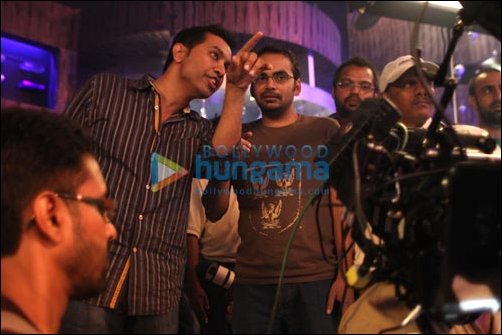 “If you notice the camera is always ‘breathing’ in the film” To convey the kind of imagery and the edginess that we were looking for in Shor In The City, DK and I made a short film sometime back with Tushar Kanti Ray, Read More">the same DOP for the film. If you notice the camera isRead More
“If you notice the camera is always ‘breathing’ in the film” To convey the kind of imagery and the edginess that we were looking for in Shor In The City, DK and I made a short film sometime back with Tushar Kanti Ray, Read More">the same DOP for the film. If you notice the camera isRead More"If you notice the camera is always 'breathing' in the film"
To convey the kind of imagery and the edginess that we were looking for in Shor In The City, DK and I made a short film sometime back with Tushar Kanti Ray, the same DOP for the film. If you notice the camera is always 'breathing' in the film. It is almost as if certain energy is associated with the camera. We shot the short film mainly to sync the elements with each other and with everybody already involved in the film. We decided that this is the kind of film we are going to shoot.
"We have a lot of ideas pumping in with what we already have"
As a director, the screen play is our biggest homework; a lot of thought is put into the screenplay, we would have gone over it ten times so everything is pretty much decided in the screenplay phase. The three of us Tusshar, DK and I would discuss these scenes before hand for the next day to shoot, if any last minute improvisations occur then it is incorporated into the screenplay and script. We have a lot of ideas pumping in with what we already have, by the time we are on set every aspect of the scene and shot is pretty much decided in the night before or early morning.
"The only predicament I faced was the realistic part of the film"
We had only a certain number of dates allocated for Sendhil side of the shoot, it was more planned and executed so there wasn't much of a problem. The only predicament I faced was the realistic part of the film, with harassing cops, gathering crowds that would not let you shoot. The shoot was in the middle of a Chembur street where there are a thousand people blocking the roads and we are still trying to strive for the real shot, those were the biggest challenges while making the film.
